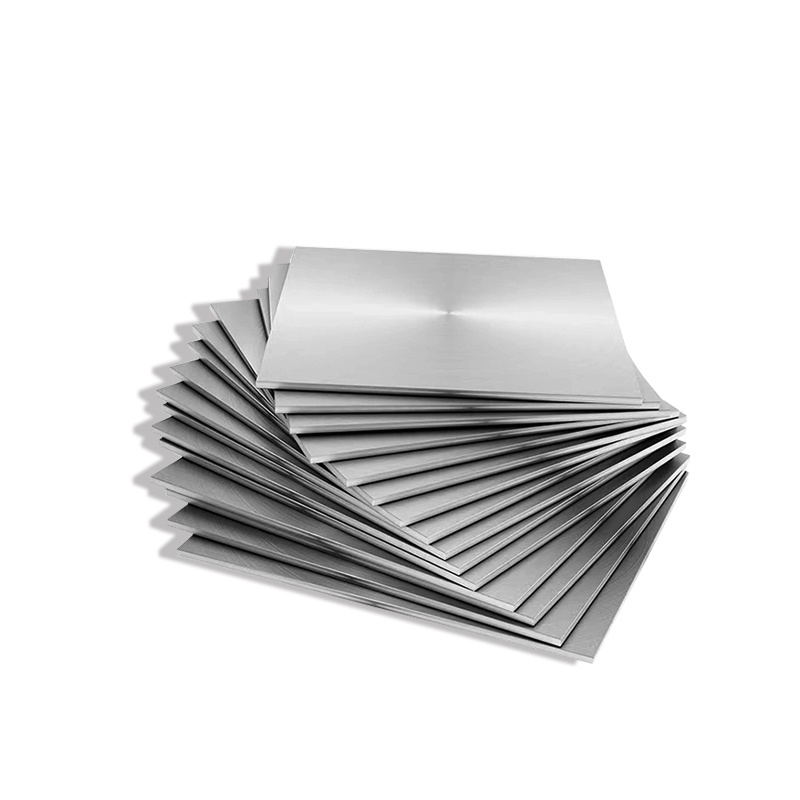316L Stainless Steel Plate
316L stainless steel is a variant of 316 stainless steel with a lower carbon content and is used where welding is required. The lower carbon content minimizes the precipitation of carbides in the heat-affected zone close to the weld, and the precipitation of carbides may cause intergranular corrosion of stainless steel in certain environments. Basically, using 316L eliminates the need to anneal weld joints prior to using the completed metal form, saving time and effort. 316L stainless steel is the second most widely used stainless steel after 304, and its corrosion resistance is better than 304. High temperature resistance is also better, up to 1000 degrees.
Products
Products DETAILS
316L Stainless Steel Plate
Product Parameters
Widely used in high temperature and electrical industry, medical equipment construction, chemical, food industry, agriculture and ship parts, food and beverage packaging,
Kitchen supplies, trains, airplanes, conveyor belts, vehicles, bolts, nuts, springs and screens, etc.
Product Name
316L Stainless Steel Plate
Type
Plate
Thickness
0.3mm-200mm
Length
2000mm, 2438mm, 3000mm, 5800mm, 6000mm, 12000mm, etc.
Width
40mm-600mm, 1000mm, 1219mm, 1500mm, 1800mm, 2000mm, 2500mm, 3000mm, 3500mm, etc.
Standard
ASTM, AISI, JIS, GB, DIN, EN, etc.
Surface
BA, 2B, NO.1, NO.4, 4K, HL, 8K, etc.
Scope of Application
Certificate
ISO, SGS, BV, etc.
Production Technology
Hot Rolling, Cold Rolling
Edge Processing
Edging, Trimming
Chemical Composition
C
Si
Mn
Cr
Ni
S
P
Mo
≤ 0.03
≤1.0
≤ 2.0
16.0~18.0
10.0~14.0
≤ 0.03
≤ 0.045
2.0~3.0
Mechanical Properties
Tensile Strength Kb (MPa)
Yield Strength σ0.2 (MPa)
Elongation D5 (%)
Hardness
≥480
≥177
≥ 40
≤ 187HB;≤ 90HRB;≤ 200HV
Physical Performance
Density(g/cm³)
Modulus of Elasticity(Gpa)
Coefficient of Thermal Expansion(10-6/°C)
Coefficient of Thermal Conductivity(W/m*K)
Resistivity(ΜΩ. cm)
7.99
193
16.0
16.2
74






